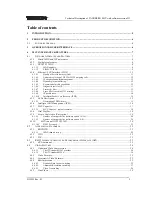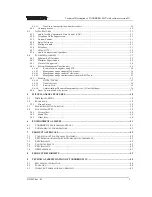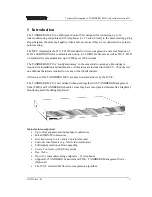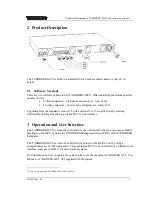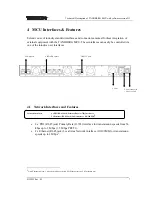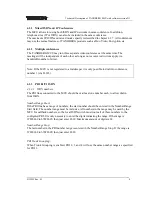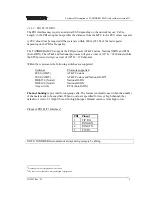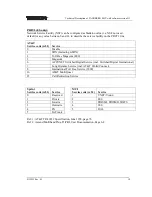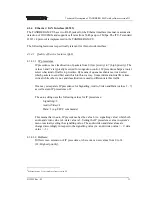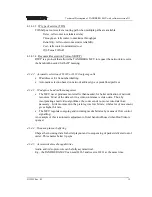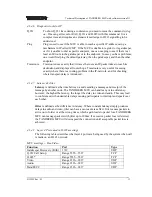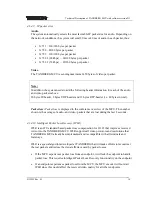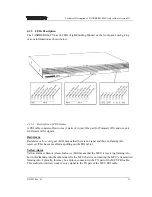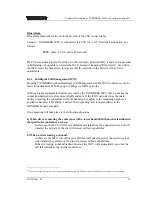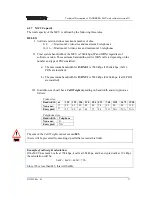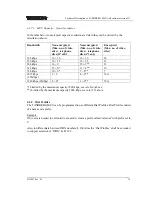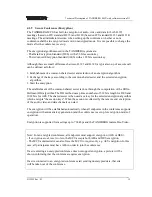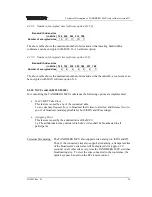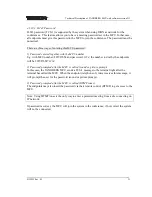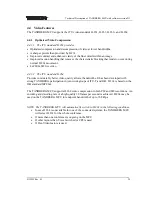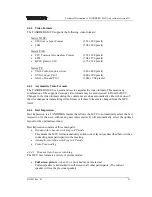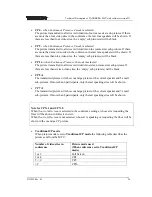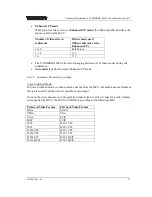
Technical Description of TANDBERG MCU with software version D3
D12925 Rev. 03
12
4.1.4.1.3 IP type of service (TOS)
TOS helps a router select a routing path when multiple paths are available.
Delay-
tells router to minimize delay
Throughput-
tells router to maximize throughput
Reliability-
tells router to maximize reliability
Cost-
tells router to minimized cost
Off-
Turns TOS off
4.1.4.1.4 Resource-Reservation Protocol (RSVP)
RSVP is a protocol that allows the TANDBERG MCU to request the network to reserve
the bandwidth needed for the IP meeting.
4.1.4.2 Automatic selection of H.323 or H.320 outgoing calls
•
IP address or E.164 number dialling.
•
Automatic selection based on network address type or predefined prefixes.
4.1.4.3 IP adaptive bandwidth management
•
The MCU never produces more traffic than needed, for better utilization of network
resources. Most of the data sent in a videoconference is video data. Thus, by
incorporating smart video algorithms, the codec sends no more video data than
necessary. Little movement in the picture gives low bit rate; while a lot of movement
gives higher bit rate.
•
The MCU regulates outgoing and incoming media bit rates by means of flow control
signalling.
An example of this is automatic adjustment of total bandwidth used when DuoVideo is
opened.
4.1.4.4 Dynamic
playout
buffering
Shapes the incoming data for better playout and re-sequencing of packet delivered out of
order. This ensures better lip sync.
4.1.4.5 Asymmetrical media capabilities
Audio and video protocols can be fully asymmetrical.
E.g., the TANDBERG MCU can send H.263 and receive H.261 at the same time.


